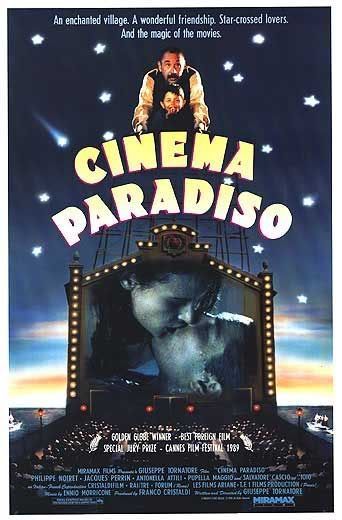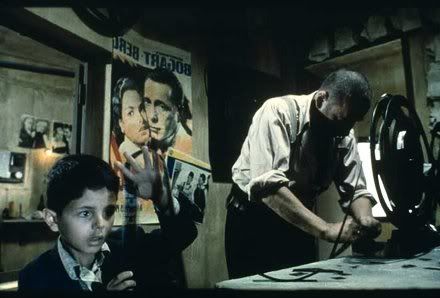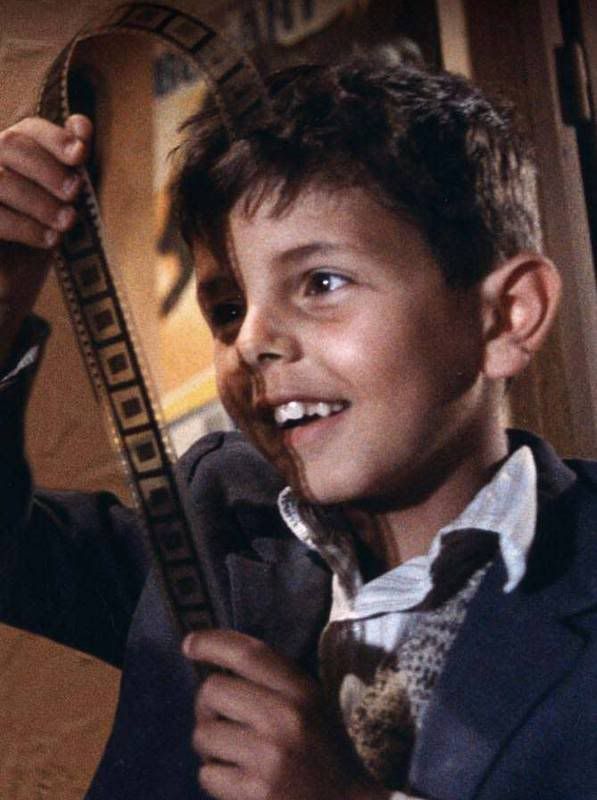During the Dance Workshop held in the "William Shaw Little Theater", we were told of the different dances hailed from different countries and cultures. These dances hold different historical beginnings. We were told by the speaker, who is the choreographer for La Salle Street Dance Company, and Jazz that some dances resulted from the revolt of people. Some dances like the Classical Ballet, and the Modern Dance also share some characteristics in their execution and their movement itself.
Each kind of dance has its own meaning to speak of. The dance that struck me is the “Indian dance” because it is so unique and interesting. At first, I really found it creepy because of all those eerie dance steps, plus they used red light on the stage.
But in the middle of the performance, I appreciated it. I also liked the interpretative dance because even if they did not have to explain what they want to say in words, what they want to express is really evident in their dance movements.
Also one of my favorites is the “Maglalatik” because it is a very lively dance, and the performers themselves did a good job.
Maglalatik
In dancing with a group, you have to learn how to coordinate with your co-dancers so that you move as one, and breathe as one as well. I think that is one of the essential things in dancing. When you dance with a group, you must not also dance as if you’re the only one dancing. Do not outshine your co-dancers as it will seem that they are your backup dancers. Also another factor is the energy. You should learn how to channel and use energy depending on the different instances in which they are needed. These are just a few but they make up the essentials of dance.
In our class last Friday, Ms. Castro also pointed out to us the things that interact within the frame of the movie, which is also known as the mis-en-scene. She explained to us that the movie creators manipulate movie elements (lighting, sounds, camera positions, and angles) to express certain emotions or feelings without having to come from the character itself. For example, the scene in The Cinema Paradiso wherein Salvatore was walking away from Elena’s house during New Year. In that certain scene, words weren’t needed to express that Salvatore is heart-broken. The contrast in the mood and the lighting was enough to say that he really is sad. The camera angles also help in emphasizing what needs to be emphasized. Simple things that seem irrelevant to us also convey messages. For example, the breaking of a twig, or the dropping of a family portrait may signify a lot, and like I said these techniques and elements fall under the manipulation of the symphony of movie elements which belong to the mis-en-scene.

In this certain scene in the horror film "Silent Hill", it was not explicitly stated that she was going to be in danger. The lighting, special fog effects, and the long shot was enough to say so. She starts to get smaller and smaller as she moves forward, the camera still focusing at the sign. She is portrayed as small against the sign, which means that she is in for something she is unsure of and that she is in a foreign area.








